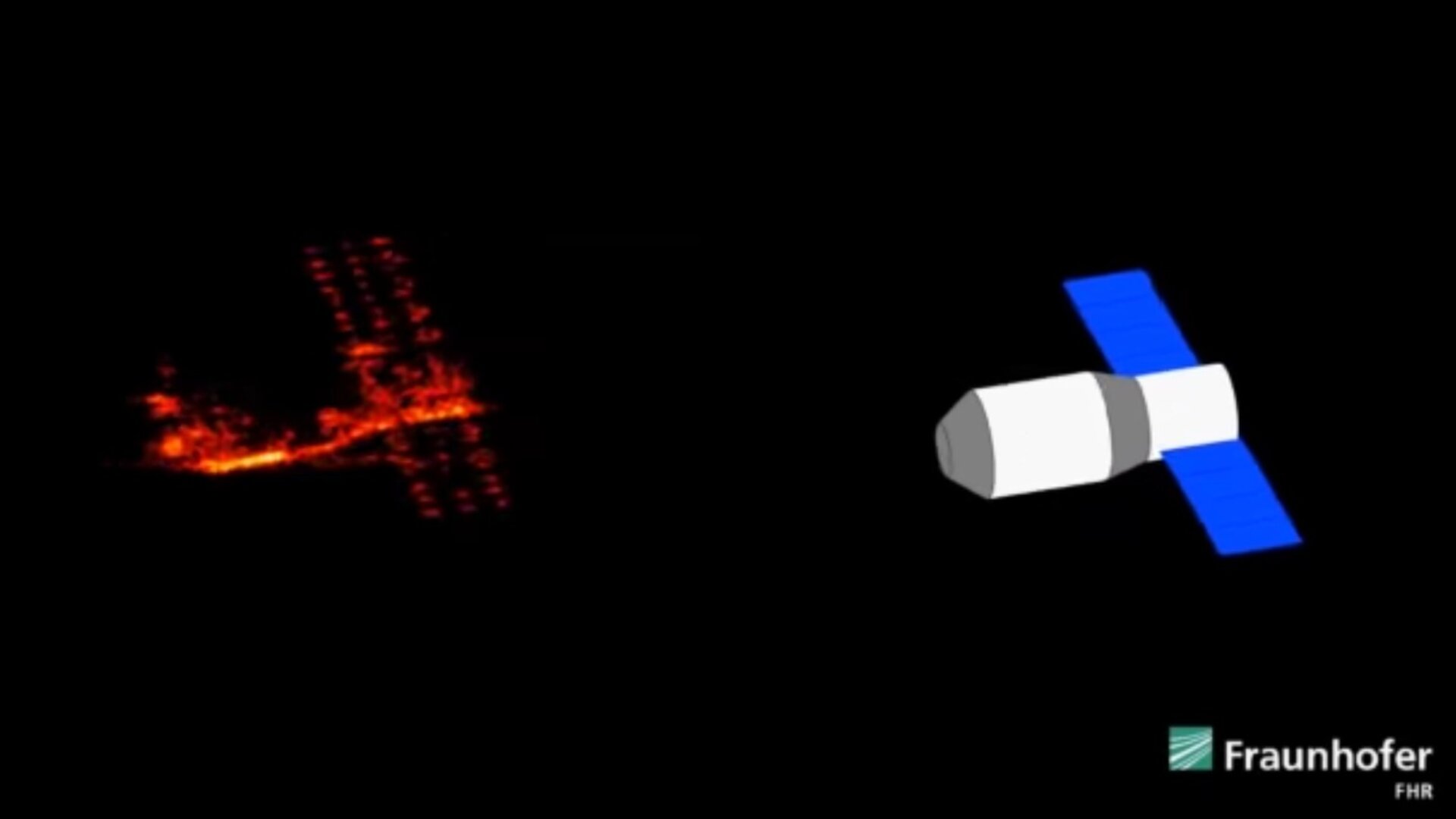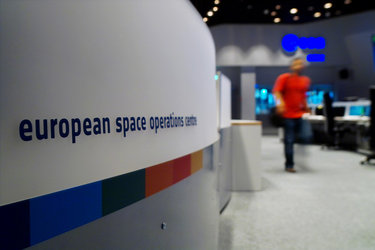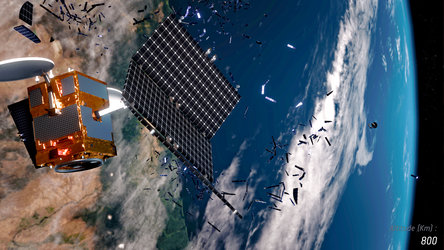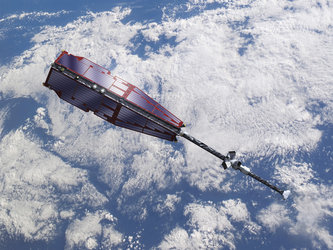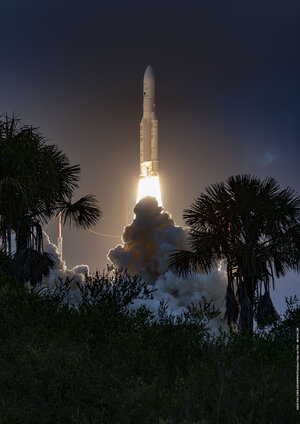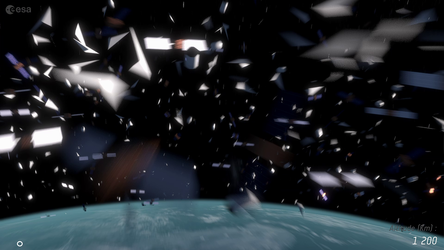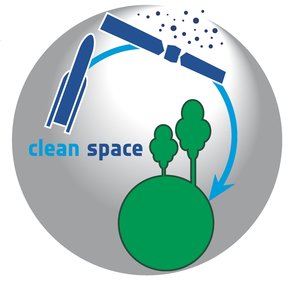ESA reentry expertise
Every week, on average, a substantial, inert satellite drops into our atmosphere and burns up. Monitoring these reentries and warning European civil authorities has become routine work for ESA’s space debris experts.
Each year, about 100 tonnes of defunct satellites, uncontrolled spacecraft, spent upper stages and discarded items like instrument covers are dragged down by Earth’s upper atmosphere, ending their lives in flaming arcs across the sky.
Some of these objects are big and chunky, and pieces of them survive the fiery reentry to reach the surface. Our planet, however, is a big place, mostly covered by water, and much of what falls down is never seen by anyone, sinking to the bottom of some ocean, or landing far from human habitation.
While still in orbit, these and many other objects are tracked by a US military radar network, which shares the data with ESA, since Europe has no such capability of its own.
Informing European and international partners
It’s the task of ESA’s Space Debris team to look at these data and issue updates to ESA Member States and partner civil authorities around the globe.
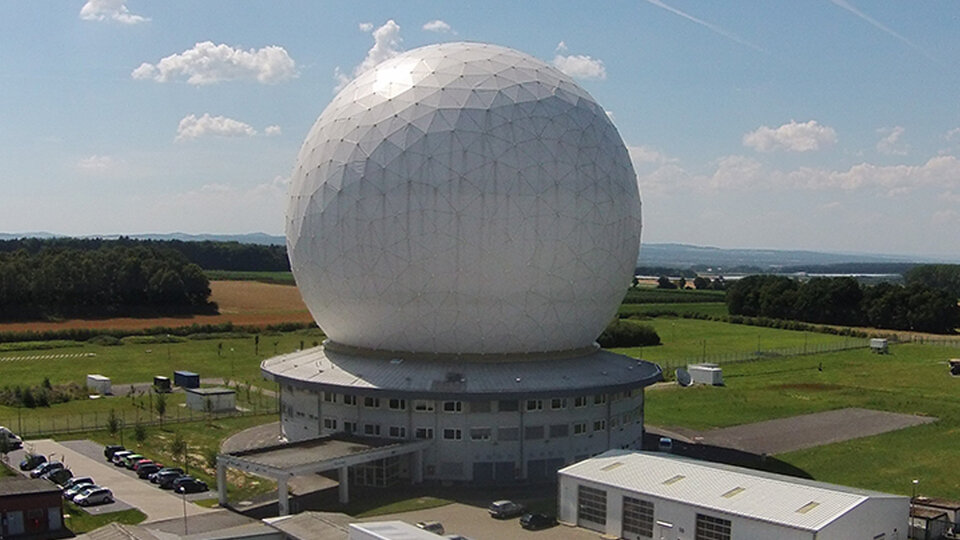
They mix in additional tracking information gleaned from European sources, such as Germany’s Fraunhofer research radar near Bonn or telescopes and other detectors run by a mix of institutional and private researchers, to generate reentry forecasts – a challenging and imprecise art.
“With our current knowledge and state-of-the-art technology, we are not able to make very precise predictions,” says Holger Krag, head of ESA’s Space Debris Office.
“There will always be an uncertainty of a few hours in all predictions – even just days before the reentry, the uncertainty window can be very large.
“The high speeds of returning satellites mean they can travel thousands of kilometres during that time window, and that makes it very hard to predict a precise location of reentry.”
Most larger descents, about 50 per year, happen unseen by anyone and never make the news. In the history of spaceflight, no casualties from falling space debris have ever been confirmed.
International cooperation
Around once a year, ESA takes part in a joint tracking campaign run by the Inter Agency Space Debris Coordination Committee, which consists of experts from 13 space agencies and organisations such as NASA.

“Members use these campaigns to pool their predictions of the time window, as well as their respective tracking datasets from radar and other sources. The aim is to cross-verify, cross-analyse and improve the prediction accuracy for all members,” notes Holger.
ESA is serving as the host of the 2018 campaign that is following the reentry of China’s Tiangong-1 space station (details via ESA’s Rocket Science blog)
What would improve forecasts for Europe?
Since 2009, ESA has been developing software, technologies and precursor systems to test a fully European network that would provide independent data on the risks from spaceflight.
“Today, everyone in Europe relies on the US military for space debris orbit data – we lack the radar network and other detectors needed to perform independent tracking and monitoring of objects in space,” says Holger.
“This is needed to allow meaningful European participation in the global efforts for space safety.”



